Future Rate Cuts by RBI Depend on Growth and Inflation Outlook
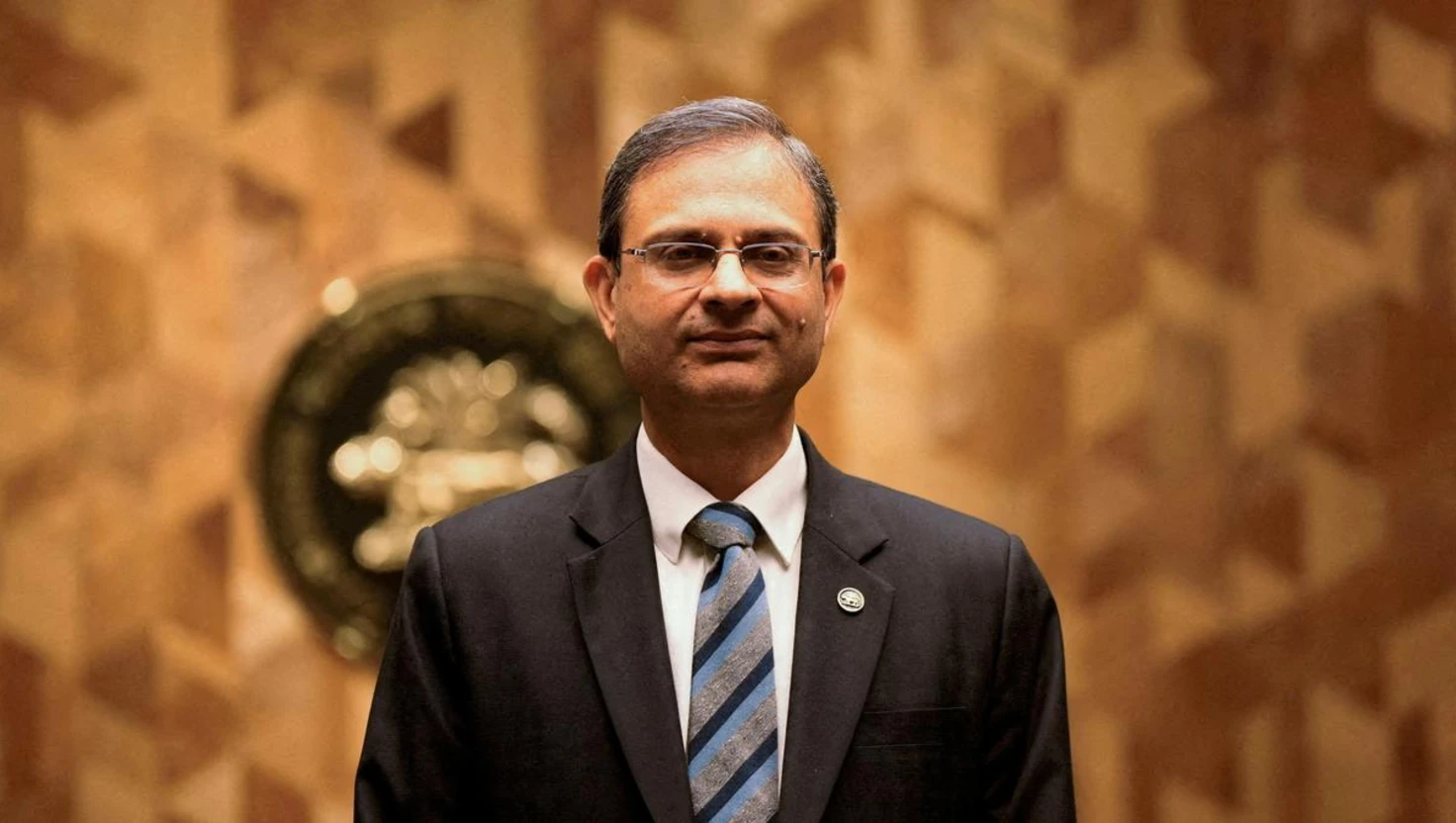
Future Rate Cuts by RBI Depend on Growth and Inflation Outlook
Reserve Bank of India Governor Sanjay Malhotra highlights the importance of economic forecasts over current data for future monetary policy.
In a recent address, Reserve Bank of India Governor Sanjay Malhotra emphasised that future interest rate adjustments will largely hinge on inflation and economic growth projections rather than existing data. His comments came during the Financial Express Modern Banking, Financial Services and Insurance (BFSI) Summit held in Mumbai on July 25, 2025.
Current Economic Context
Recent statistics indicate a significant reduction in inflation, with data from June showing a dip to 2.1%, well below the Reserve Bank's target rate of 4%. This decline has led to speculation regarding potential further cuts to the central bank's interest rates. Mr. Malhotra noted, however, that any forthcoming adjustments will be based on a comprehensive assessment of future economic outcomes, not just the present figures.
“Rate cuts will depend on the outlook for both growth and inflation rather than the current numbers,” stated Mr. Malhotra. He explained that economic policy is inherently reactive, typically exhibiting a lag effect. As such, the central bank will consider inflation forecasts extending up to 12 months when making decisions regarding interest rates.
Interest Rate Adjustments
This year, the Reserve Bank has already reduced its key interest rate by one percentage point. With lending rates from banking institutions reflecting a similar decrease of approximately 0.50%, this suggests an effective implementation of the central bank's policy changes aimed at stimulating credit growth. Mr. Malhotra expressed confidence that the measures taken will not contribute to asset bubbles within the economy.
In terms of credit growth, the Governor highlighted a target of 12.1% for the current financial year, surpassing the decadal average of just over 10%. However, he acknowledged that growth projections for the following year are currently around 9%. He reassured stakeholders that the Reserve Bank will ensure "the right macroeconomic conditions for growth" through its policies and liquidity strategies.
Regulatory Updates and Simplification
Mr. Malhotra also discussed ongoing efforts to streamline regulatory practices within the Reserve Bank. Currently, over 8,000 regulations are in place, but only around 3,000 of these are actively enforced. The Governor announced plans to consolidate these into 33 master regulations to enhance clarity and accessibility. Additionally, a regulatory review cell will be established to reassess regulations every five to seven years, ensuring they remain relevant to contemporary challenges.
He further indicated that the recent reduction in the cash reserve ratio (CRR) to 3% is not solely a liquidity measure but also aims to reduce borrowing costs for consumers. Despite these reductions, he stressed that the Reserve Bank has adequate funds to manage any economic contingencies, recalling that during the COVID-19 pandemic, only a fraction of available resources was utilised.
Concerns about Industrial Influence
In addressing potential conflicts of interest, Mr. Malhotra reiterated the Reserve Bank's reservations about allowing industrial conglomerates to own banks. Such a merger of financial and industrial interests could compromise the integrity of the financial system. Under the current Banking Regulation Act, voting rights for stakeholders in banks are capped at 26%. In contrast, foreign banks are permitted to maintain full ownership of domestic banks.
Looking Towards the Future
The Governor concluded his address by noting the necessary balance between government subsidies for payments infrastructure and future funding strategies. He remarked that the financial system's sustainability will depend on a collaborative approach, potentially requiring users or the state to contribute towards payment systems.
Amidst challenges facing various banks, Mr. Malhotra underscored the responsibility of bank boards to remain vigilant while clarifying that they cannot be held accountable for every operational misstep.
These discussions underscore the Reserve Bank of India's commitment to adopting a forward-looking approach in its monetary policy, considering both immediate and long-term economic indicators.
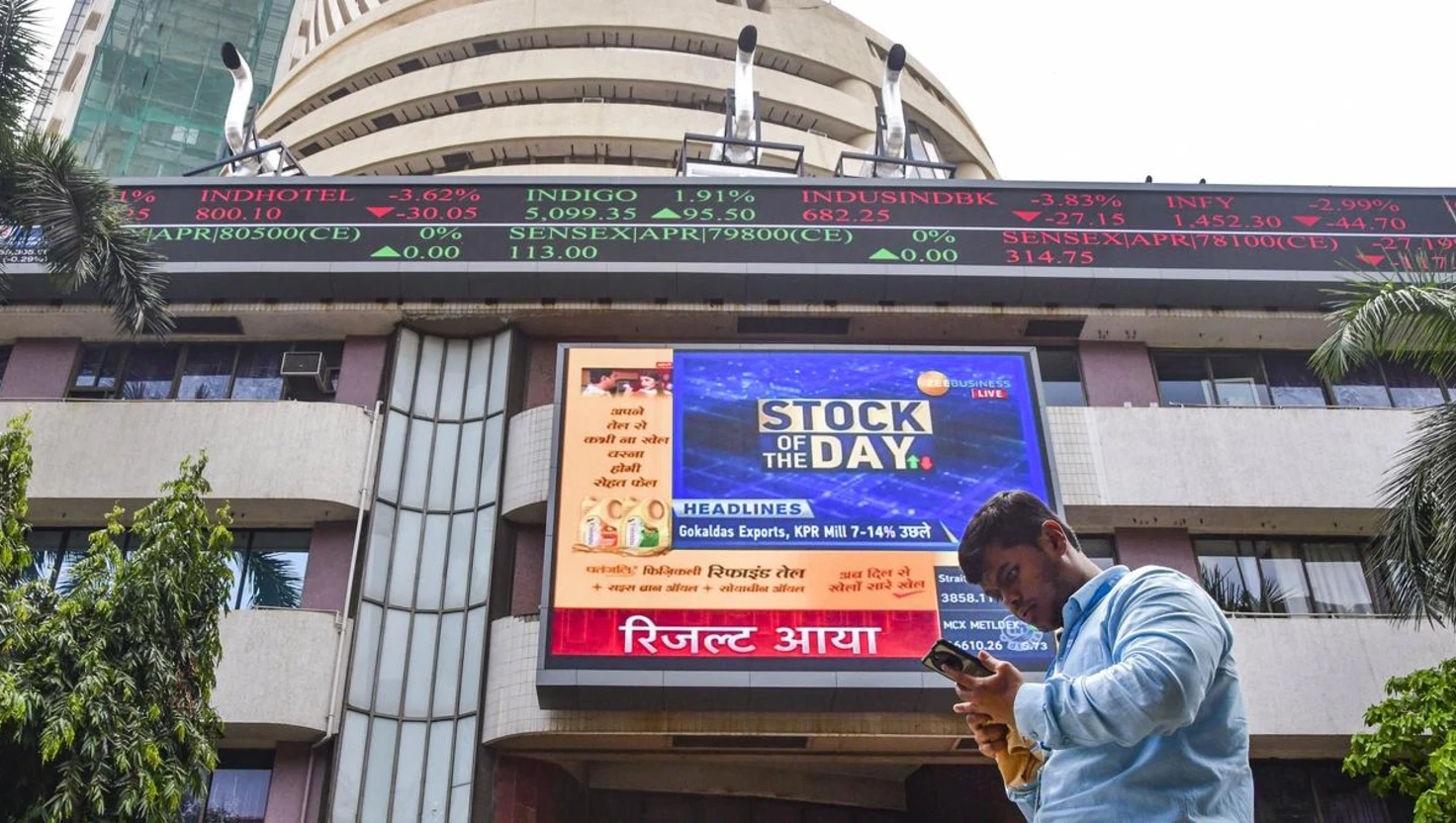
Indian Stock Markets Decline for Second Consecutive Day
The BSE Sensex drops 721 points amid investor concerns and global trends.
| 2025-07-26

Tensions Erupt Between Thailand and Cambodia Over Hindu Temples
Recent clashes near ancient temples mark a significant escalation in the Thailand-Cambodia border conflict, with historical roots dating back decades.
| 2025-07-26
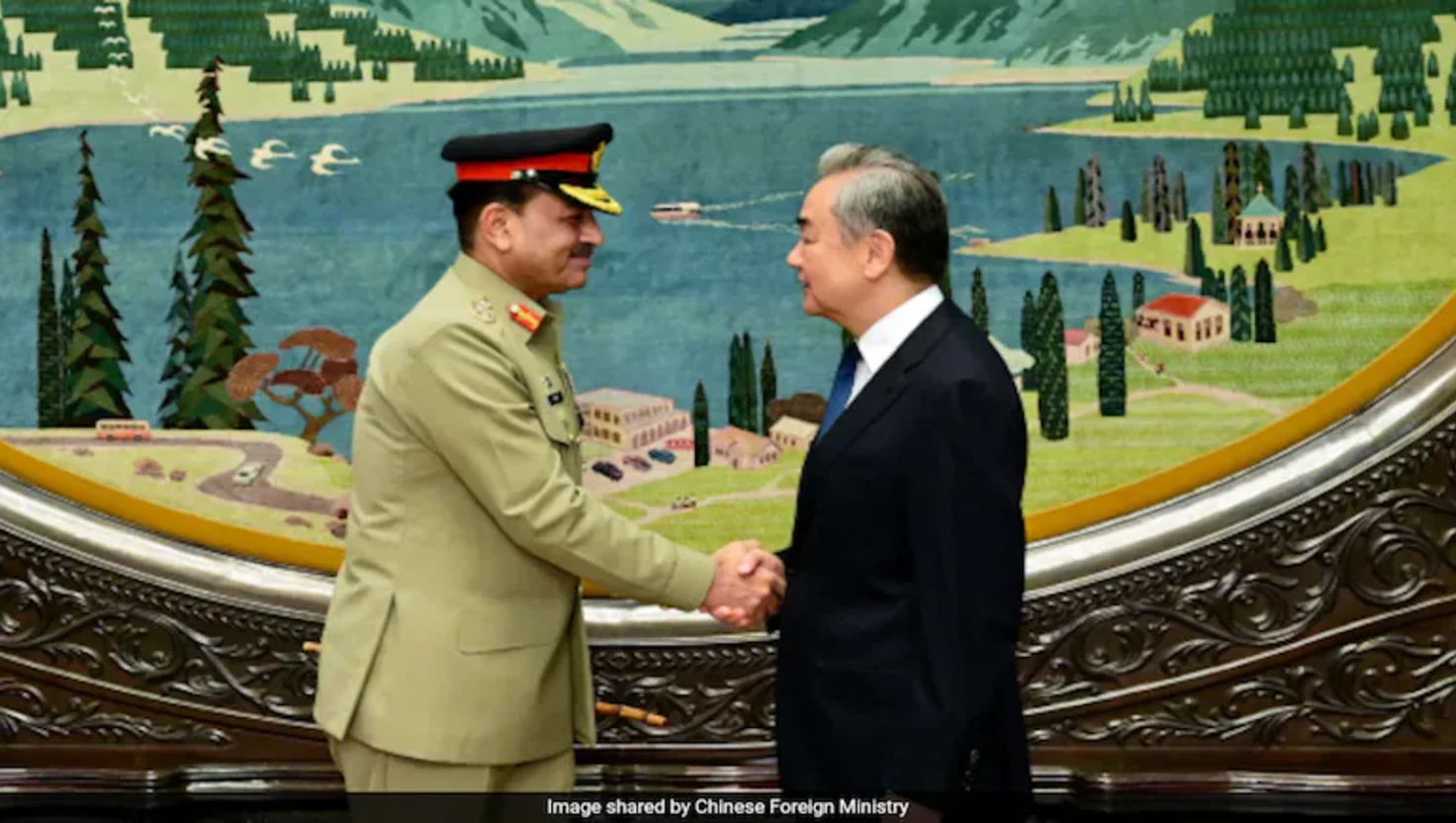
Asim Munir Addresses Chinese Safety Concerns During Beijing Visit
Pakistan's Army Chief assures China of safety for its nationals amidst rising security concerns during a key diplomatic visit.
|
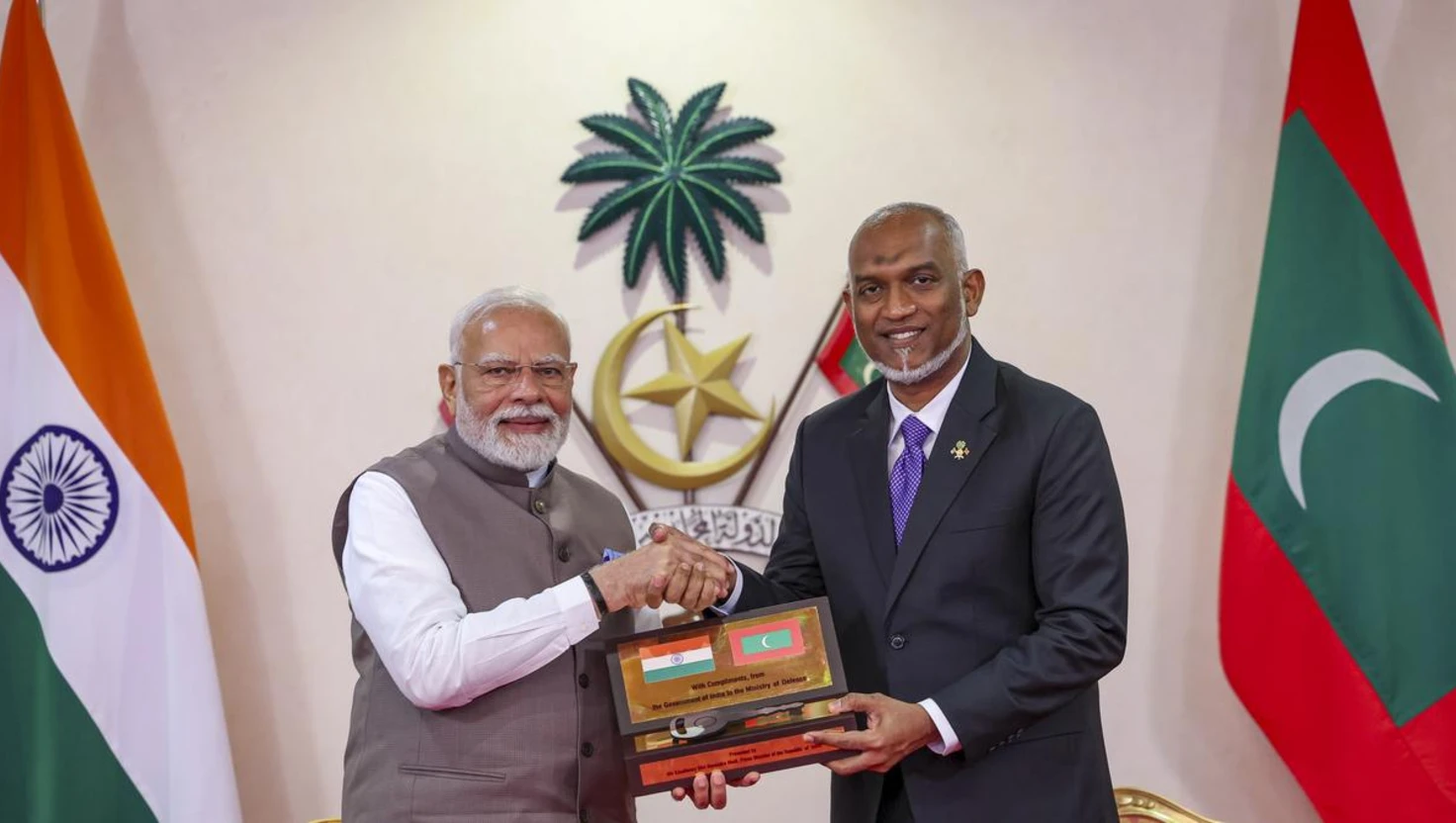
India Grants ₹4,850 Crore Credit to Maldives Amid Strengthened Ties
Indian Prime Minister Narendra Modi announces substantial assistance to Maldives during a state visit, aiming to bolster economic cooperation.
| 2025-07-26
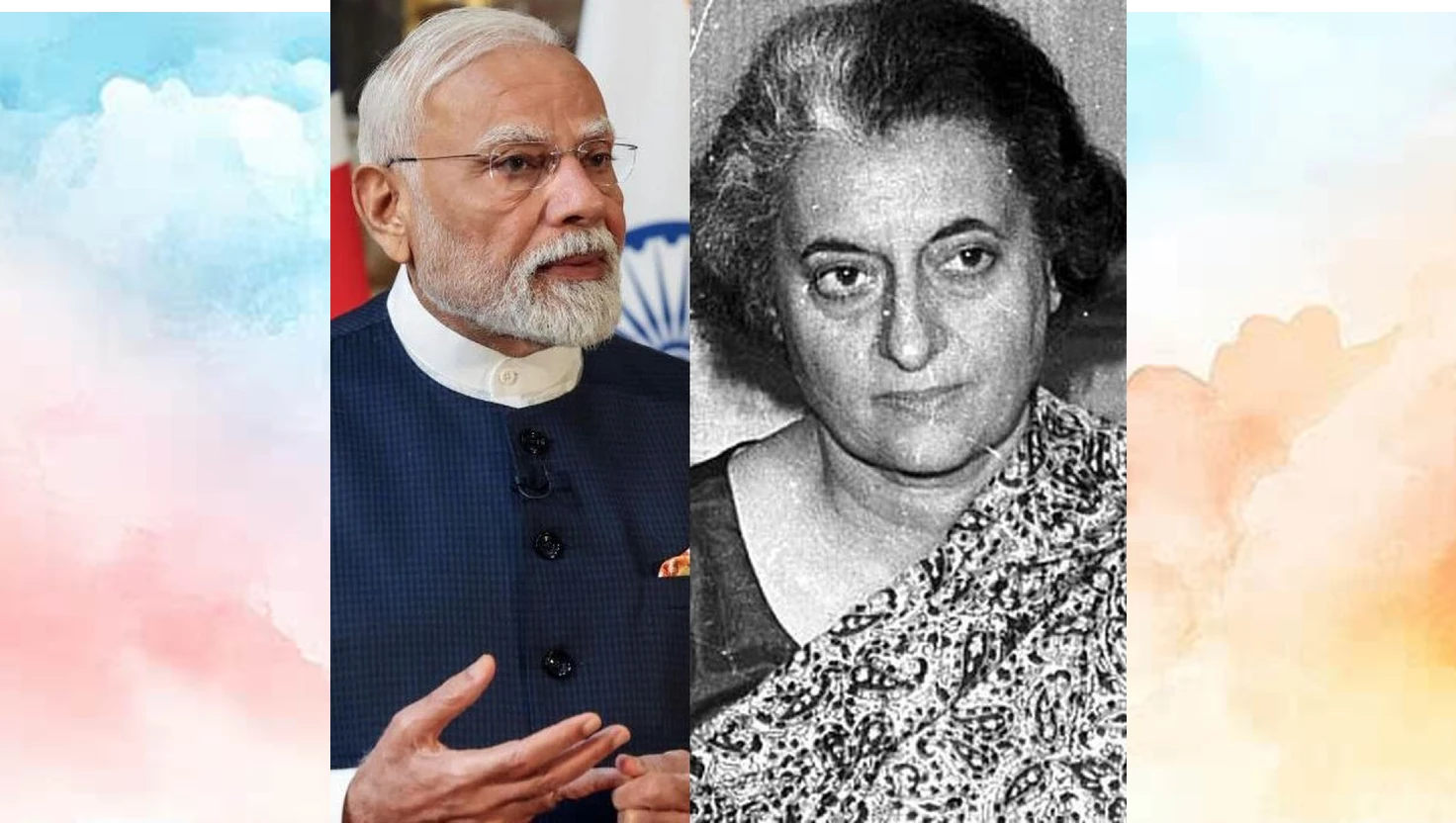
Narendra Modi Surpasses Indira Gandhi in Unbroken Tenure
Indian Prime Minister Narendra Modi becomes the second longest-serving PM, surpassing Indira Gandhi's record of consecutive days in office.
| 2025-07-26




